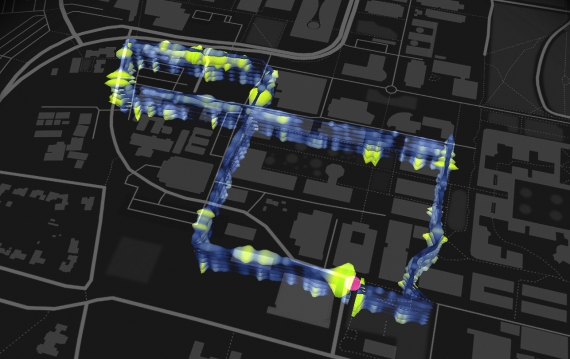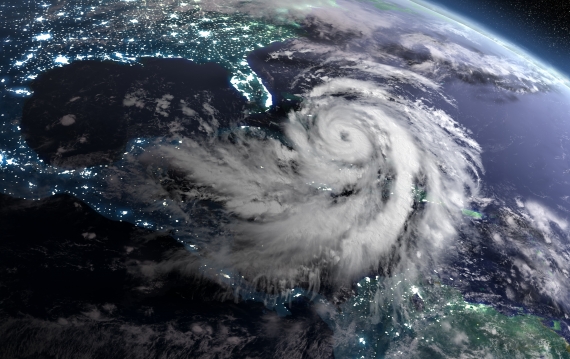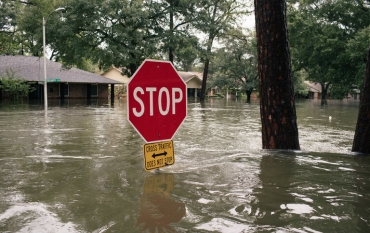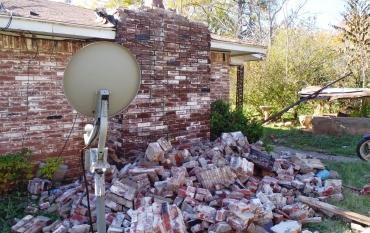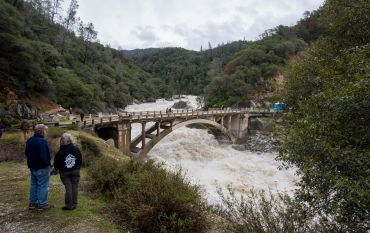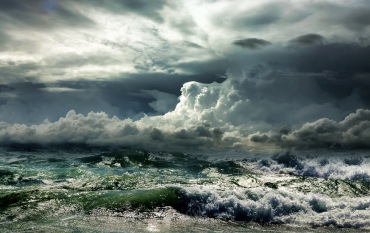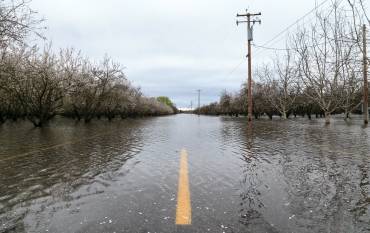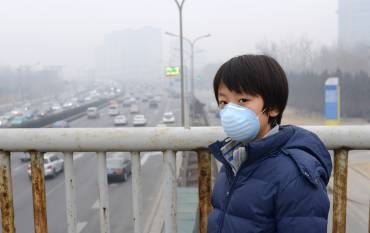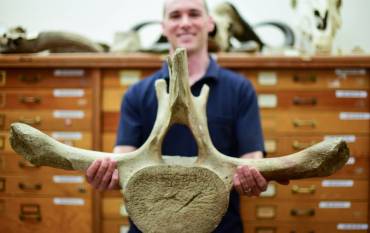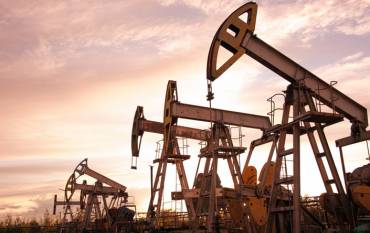The Stanford School of Earth, Energy & Environmental Sciences is now part of the Stanford Doerr School of Sustainability.
This page is currently being maintained for archival purposes only. For the latest information, please visit us here.
Natural Hazards
August 28, 2017
The New York Times
The fallout from Hurricane Harvey shouldn't have been a surprise because climate change is increasing the odds of extreme precipitation and storm surge flooding, says Noah Diffenbaugh.
August 2, 2017
Stanford School of Earth, Energy & Environmental Sciences
April 24, 2017
Stanford School of Earth, Energy & Environmental Sciences
March 21, 2017
Stanford School of Earth, Energy & Environmental Sciences
Stanford Professor Noah Diffenbaugh warns that heavy California rains like those experienced this past winter are here to stay.
February 28, 2017
Stanford School of Earth, Energy & Environmental Sciences
February 27, 2017
Stanford School of Earth, Energy & Environmental Sciences
December 19, 2016
Stanford School of Earth, Energy & Environmental Sciences
November 30, 2016
Stanford School of Earth, Energy & Environmental Sciences
- 1 of 5
- next ›
Subscribe to Earth Matters
A free monthly bulletin for your inbox



